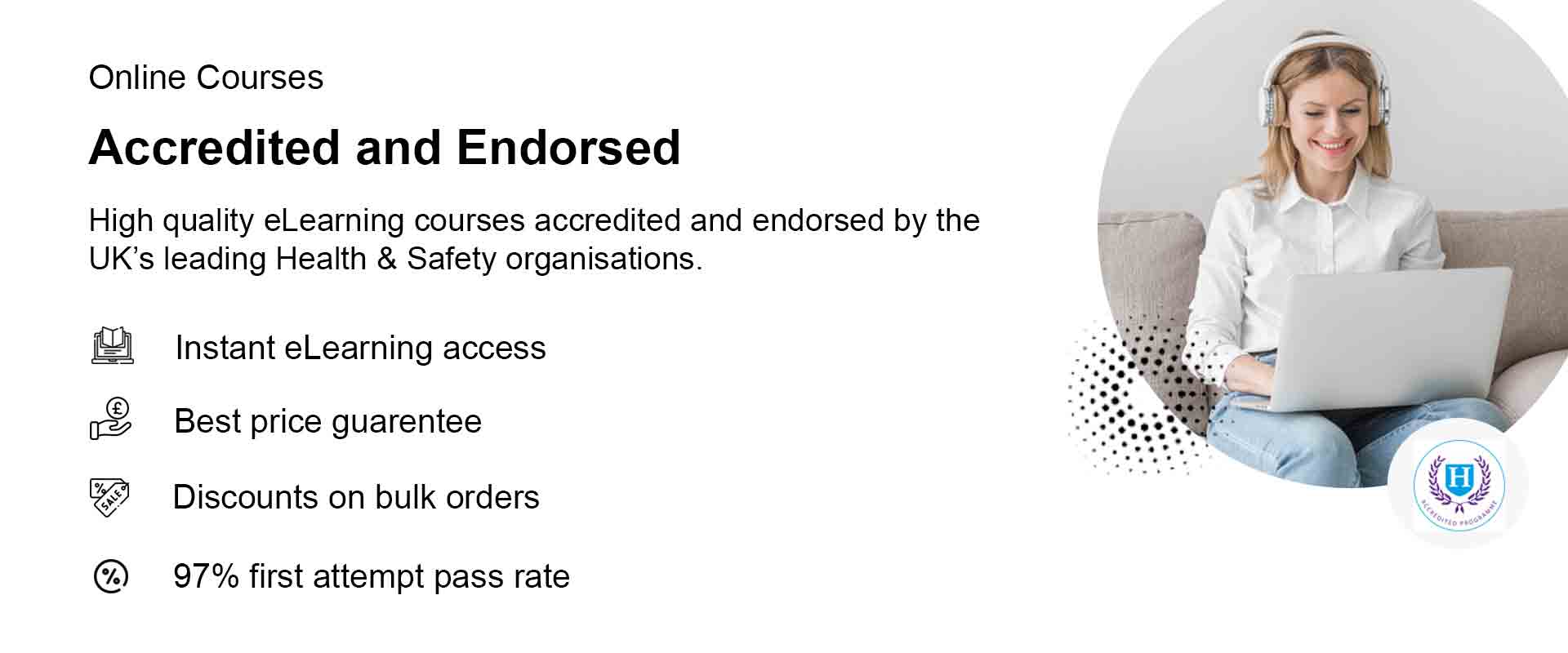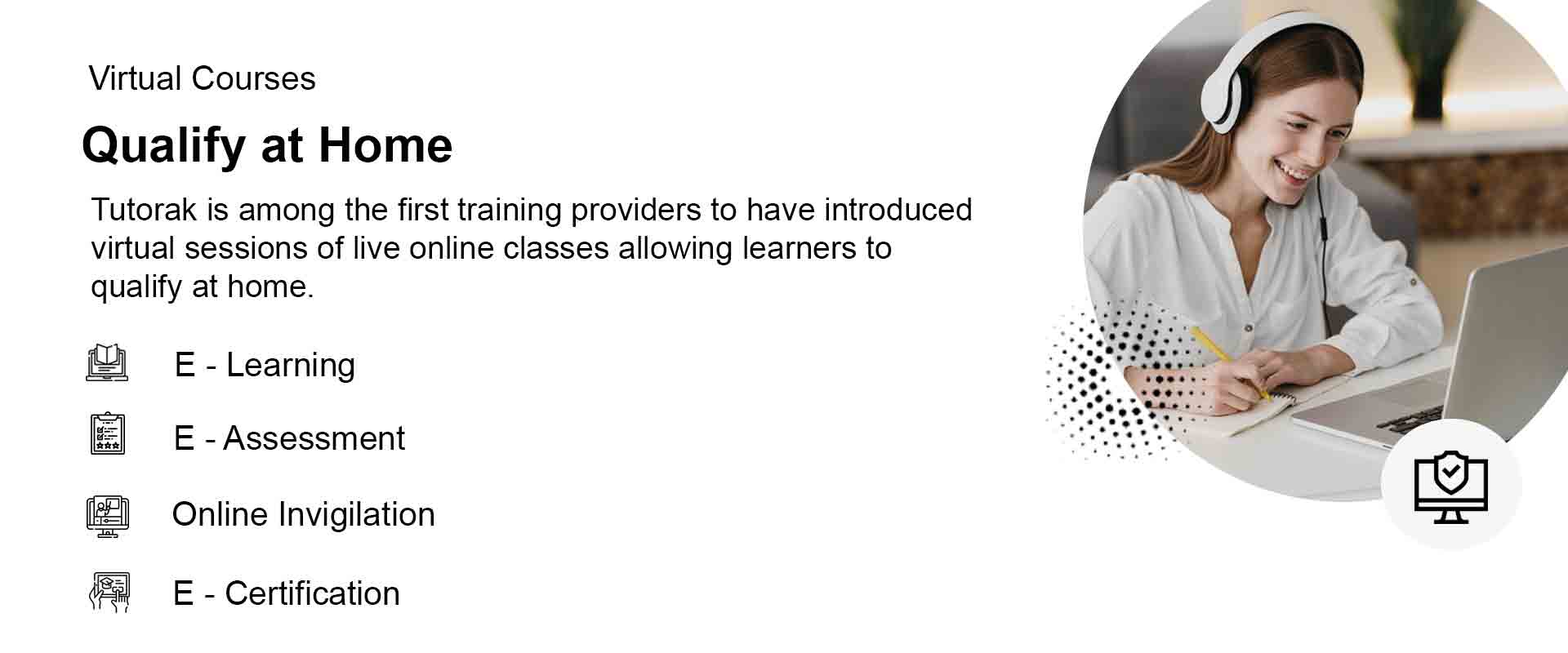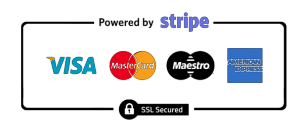AIMED AT
- Staff members with specific money laundering duties
- Staff members working in financial services
- Any staff member who is at a risk of money laundering and their line managers
- Anyone interested in taking steps to protect themselves or others against money laundering
- Employers, managers, and supervisors
SKILLS YOU WILL GAIN
- Risk assessment
- Legal duties
- Controls and monitoring
- Anti-money laundering policies
- Investigation
- Record keeping
- Detecting suspicious activities
About this Course
This course provides the knowledge and skills necessary to prevent money laundering in your company. It covers the legislative framework concerning money laundering, including the Proceeds of Crime Act 2002 and the Terrorism Act 2000.
In this course, you will learn what money laundering is and how its three-stage process works. You will also learn to detect signs of suspicious activity and take practical steps towards preventing money laundering in the organization.
Businesses in the UK lose an estimated £90 billion annually because of money laundering. Money laundering is used to make the proceeds from illegal activities appear clean or legitimate. By allowing money laundering to happen, a business might be indirectly supporting such criminal activities as human trafficking, drug trade or sex slavery.
This course is ideal for managers and employees who may be in a position where there is a potential risk of money laundering. This includes anyone working in the financial services sector or anywhere where large amounts of money, property or goods are bought, leased, sold or exchanged.
We also offer Introduction to the Bribery Act 2010 course
People also search for Introduction to Fraud and Fraud Prevention
Did you know: Around £100 billion of dirty money passes through UK systems and services every year.
-
Help protect your business and employees from the serious consequences Money Laundering can result in
-
Suitable for all employees & managers
-
Perfect as part of an employee induction plan
Areas Covered
-
What is Money Laundering?
Learn what money laundering is.
-
Cash-based Money Laundering
Learn what ‘cash-based money laundering’ and ‘high-end money laundering’ are, and how the two are different from each other.
-
International Legislative Framework
Learn how money laundering is combated internationally, in the European Union and in the United Kingdom.
-
Regulations
Find out what key requirements must regulated businesses fulfil in order to comply with the Money Laundering Regulations.
-
Regulated Businesses
Learn which businesses count as regulated, and which supervisory authorities are responsible for monitoring them.
-
The Terrorism Act 2000
Learn what terrorism is, what the Terrorism Act 2000 entails, and how it helps curtail terrorist activities.
-
Proceeds of Crime Act 2002
Get familiar with the part of the Proceeds of Crime Act 2002 which deals with money laundering and learn the requirements it lays on financial institutions and businesses in the regulated sector, as well as those that are not regulated.
-
The Risk-Based Approach
Learn how a risk-based approach can enable businesses to identify risks that are most relevant to the business and to control those risks in a cost-effective way, focusing efforts and resources on the areas where the risks are highest.
-
Anti-money Laundering Policy Statement
Learn, with the help of activities, what should be included in an anti-money laundering policy statement.
-
Controls and Monitoring
Learn the steps that can be taken to prevent money laundering and report any suspicious activity once a business is aware of potential threats.
-
Customer Due Diligence
Learn when and how to carry out customer due diligence checks and what steps to take if there are doubts about the identity of a customer or ‘beneficial owner.
-
Training
Learn why providing employees with training to prevent money laundering is important and what should the training consist of.
-
Record-keeping
Learn why keeping comprehensive, accurate and up-to-date records will enable a business to prove that it has complied with the requirements of the Money Laundering Regulations, what should be included in the records and how long should the records be kept for.
-
Red Flags
Learn what should be considered a suspicious activity, or a ‘red flag’ that indicates that a suspicious activity is taking place.
-
Suspicious Activity Report (SAR)
Learn how to report any suspicious activity related to money laundering within the company and which government agency the suspicious activity report be submitted to.


































